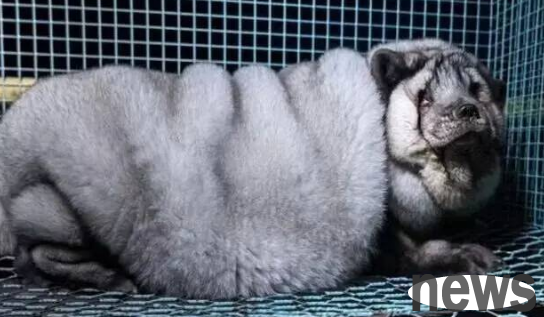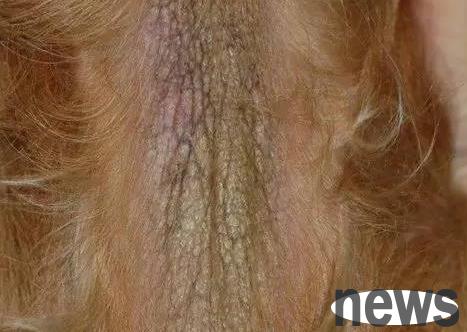Canine skin fungal skin diseases, which are caused by skin mold invading the skin, hair and toe-claw keratin tissues, etc. of the dog. This disease is a zoonotic infectious disease, collectively known as ringtinea by human doctors, and it occurs all...
Canine skin fungal skin diseases, which are caused by skin mold invading the skin, hair and toe-claw keratin tissues, etc. of the dog. This disease is a zoonotic infectious disease, collectively known as "ringtinea" by human doctors, and it occurs all over the world.

1. The causes of canine fungal skin diseases:
1. The occurrence of skin mycosis in dogs is related to climate, age and physique, such as hot and humid climates, and young animals are susceptible to adult animals. A susceptibility to malnutrition and weak body is more nutritious.
2. In clinical practice, long-term use of large doses of zygote causes dogs to decrease their resistance, and they are also prone to infection with this disease.
3. Pathogen According to clinical statistics, 5 types of molds can cause skin mycotic diseases in dogs, namely: Microspora canis, Microspora gypsum-like, Trichophytonus, Microspora Oduane and Microspora deformed. Among them, Microspora canis is the most common, followed by Microspora gypsum-like, and Trichophytonus and Microspora Oduan. Microspora deformity is found in only a few countries such as Australia, and has a low incidence.
2. Clinical symptoms of canine fungal skin disease:
1. Microspori canis:
scattered all over the world, and more than 70% of the cases of canine tinea are caused by it, and many animals and people can be infected. The main lesions are small round-like crusts (金金) on the surface of the skin. This focal crusted skin lesions can occur in any part of the dog, but the ears, face, neck and tail are the most common. This lesions, which are mainly skin scabs, are often not accompanied by hair loss. When there are not many lesions, especially in long-haired dogs, they are often not discovered. Microspora canis mainly causes tinea capitis in humans.

2. Gypsoma Microsporus:
Lives in soils around the world, and can cause skin mycosis in many animals and humans such as canines. This disease is onset and has serious damage. The site of its occurrence is similar to that of microsporus. Except for round tinea dysfunction, it sometimes causes large-area skin lesions. The lesion is covered with hair, dandruff and scabs appear, and when bacterial infection occurs, exudative suppuration occurs locally. It can last for months or even years after turning to chronic.
3. Microspora Auduane and Trichophytonus:
These two bacteria cause canine skin mycotic diseases. These two types of molds can also infect people. The former mainly causes tinea capitis in children, and the latter is the main pathogen of tinea foot in the United States. Dogs are usually infected by contact with patients.